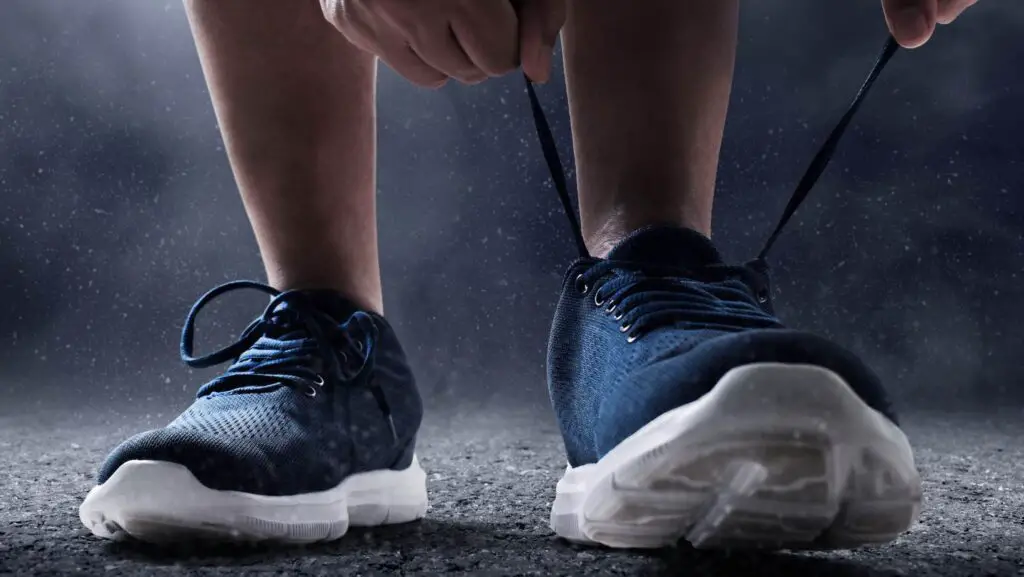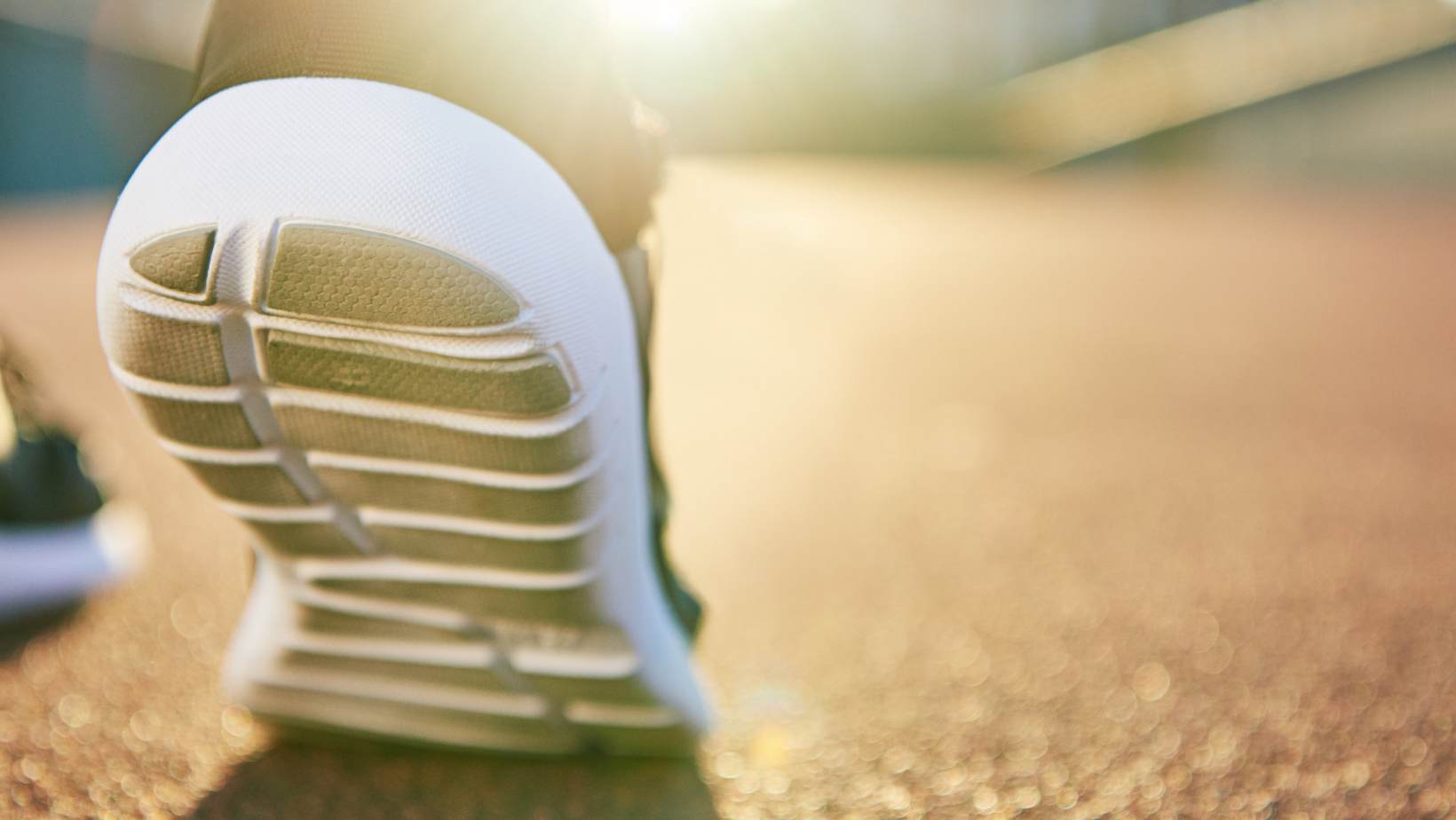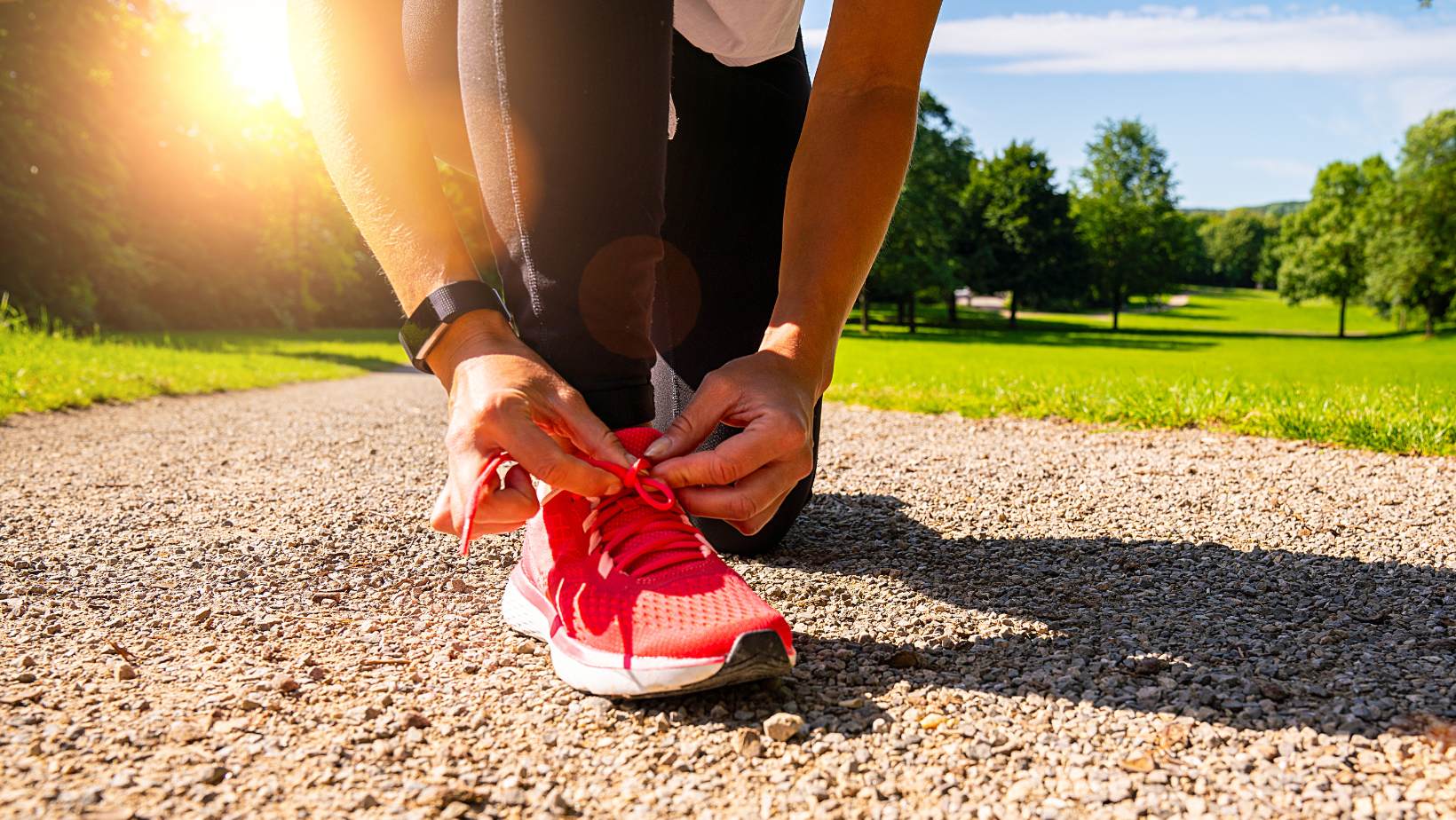Running is a popular form of exercise that offers numerous health benefits, but choosing the right running shoes is crucial to ensure comfort, prevent injuries, and enhance performance. With a wide variety of options available in the market, finding the perfect pair can be overwhelming. This article will guide you in choosing proper running shoes that suit your needs and preferences.
Contents
- 1 How to Choose Proper Running Shoes?
- 2 F.A.Q.s About Choosing Proper Running Shoes
- 2.1 1. Should I buy running shoes online or in-store?
- 2.2 2. How often should I replace my running shoes?
- 2.3 3. Can I wear the same shoes for different sports?
- 2.4 4. Are expensive running shoes better?
- 2.5 5. Can I wear orthotics with my running shoes?
- 2.6 6. Are there any specific warm-up exercises for running?
- 3 Conclusion
How to Choose Proper Running Shoes?
When selecting the right running shoes, there are several factors to consider. Let’s explore these factors to help you make an informed decision.
1. Assess Your Foot Type
Understanding your foot type is crucial in determining the appropriate running shoes. There are three main foot types: neutral arch, low arch (flat feet), and high arch. You can perform a simple wet test at home to identify your foot type. Wet your feet, step on a piece of paper, and examine the shape of your foot imprint.
- You’ll observe a moderate curve inside your foot if you have a neutral arch.
- If you have low arches, your foot imprint will show almost the entire sole of your foot.
- If you have high arches, you’ll notice a distinct curve along the inside of your foot with a narrow band connecting the heel and forefoot.

2. Determine Your Pronation
Pronation refers to the inward rolling motion of the foot during the running gait cycle. It is essential to identify your pronation type as it helps select the right level of stability or cushioning in your running shoes. The three main pronation types are:
- Neutral Pronation: The foot rolls slightly inward, distributing the impact evenly across the foot. Opt for neutral or stability shoes.
- Overpronation: The foot rolls excessively inward, resulting in a lack of stability. Choose shoes with good arch support and motion control.
- Underpronation (Supination): The foot rolls outward, causing insufficient shock absorption. Look for shoes with extra cushioning and flexibility.
3. Consider Shoe Cushioning and Support
The cushioning and support you require in your running shoes depend on your body weight, running surface, and personal preference. The two primary types of cushioning are:
- Neutral Cushioning: Ideal for runners with normal pronation or high arches who require moderate cushioning and support.
- Maximum Cushioning: Suitable for runners with under pronation (supination) or those who prefer a highly cushioned shoe.

4. Get Proper Sizing and Fit
Proper sizing and fit are crucial for comfort and injury prevention. When trying on running shoes, consider the following tips:
- Measure your feet when they’re slightly swollen at the end of the day to ensure an accurate fit.
- Leave about a thumbnail’s space between your longest toe and the front of the shoe.
- Ensure a snug fit around the heel and midfoot to prevent slippage or blisters.
5. Test the Shoes
Before making your final decision, take the shoes for a test run. Most running specialty stores allow customers to try out shoes on a treadmill or provide a return policy for testing on outdoor surfaces. This will give you a better understanding of how the shoes feel and perform during a run.
6. Consider Shoe Size and Width
Proper shoe size and width are paramount for a comfortable fit. Ill-fitting shoes can cause blisters, black toenails, or long-term foot problems. Measure your feet when they are slightly swollen at the end of the day to ensure an accurate measurement. Leave a thumb’s width of space between your longest toe and the shoe’s tip to allow for natural foot expansion during running. Additionally, consider the shoe’s width, as some brands offer varying options.
F.A.Q.s About Choosing Proper Running Shoes
1. Should I buy running shoes online or in-store?
While online shopping offers convenience, it is recommended to buy running shoes in-store, especially if you are a beginner or have specific foot conditions. In-store shopping allows you to try on different models, get professional advice from knowledgeable staff, and ensure the perfect fit.
2. How often should I replace my running shoes?
Running shoes have a limited lifespan due to the wear and tear they endure. On average, replacing your running shoes every 300-500 miles or when you notice significant wear on the outsole or midsole is advisable. However, listen to your body and replace your shoes if you experience discomfort or pain during running.
3. Can I wear the same shoes for different sports?
While some shoes may be suitable for multiple sports, it is generally recommended to use specific shoes designed for each activity. Running shoes are optimized for forward motion, cushioning, and shock absorption, while sports like tennis or basketball require shoes with lateral stability and quick direction changes.
4. Are expensive running shoes better?
Price does not necessarily determine the quality or suitability of running shoes. Expensive shoes often include advanced technologies and materials, but what matters most is finding a pair that fits your foot type and running style. Focus on comfort, support, and features that align with your needs rather than solely relying on price.
5. Can I wear orthotics with my running shoes?
Yes, if you require additional arch support or have foot conditions requiring orthotics, you can wear them with your running shoes. Ensure that the shoes have removable insoles to accommodate orthotic inserts, and consult with a podiatrist or orthopedic specialist to ensure the correct fit and compatibility.
6. Are there any specific warm-up exercises for running?
Before running, you must perform warm-up exercises to prepare your muscles and joints. Incorporate dynamic stretches such as leg swings, walking lunges, and high knees to increase blood flow and range of motion. A light jog or brisk walk can gradually elevate your heart rate and warm up your body.
Conclusion
Choosing proper running shoes is crucial for a comfortable and injury-free running experience. You can find the perfect pair that meets your needs by assessing your foot type, considering cushioning, arch support, flexibility, size, and shoe type. Remember to prioritize comfort, fit, and functionality over trends or price tags. So lace up your shoes, hit the road or trail, and enjoy the exhilarating benefits of running while protecting your feet and enhancing your performance.
To learn more about choosing a proper running shoes, you may check this youtube video below:

I am an accomplished footwear blogger with a keen eye for style and a passion for shoes. My deep-rooted love affair with footwear began at a young age when I would spend hours perusing shoe stores, admiring the intricate designs and imagining the stories they could tell.

